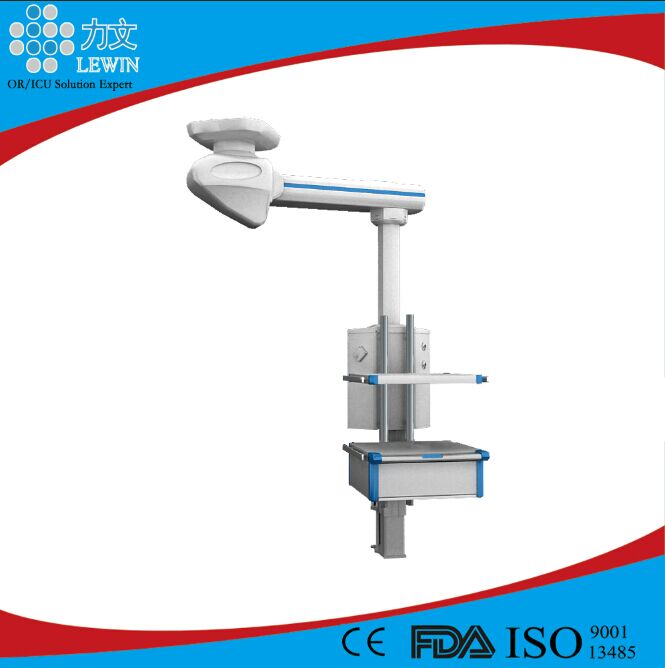The celery spot blotch, also known as late blight, leaf spot disease, commonly known as “fire dragonâ€, is a common disease and major disease in the production of celery in northern protected areas. It has great influence on the output and quality of celery. At present, with the advent of deep winter season, the adverse weather conditions of low temperature and high humidity are extremely conducive to the occurrence and epidemic of the disease. As the "double festival" approaches, the celery in the protected area will be concentrated on a large number of markets. If necessary preventive measures are not taken, the It may cause greater losses, and production should be seized with favorable opportunities to do a good job of prevention and control, control the occurrence and spread of diseases, and increase production and income.
First, the symptoms of celery leaf spot disease mainly damage the leaves, followed by petiole and stem. The old leaves first develop from outside to inside. At the beginning of the lesion, the spot was light brown oil-immersed and the edges were obvious. Afterwards, it developed into irregular spots. The color changed from pale yellow to grayish white, and the edges were dark reddish-brown, and many small black particles were gathered. The lesions often had a yellow circle outside. Halo ring. Petiole, stem lesions brown, slightly concave depression, scattered black dots in the middle, when dry leaves dry rotten.
Second, the incidence of celery leaf spot disease is a fungal disease, low temperature and high humidity is conducive to the occurrence of the disease, the disease's most suitable temperature is 20-25 °C, humidity is 95% or more, in the deep winter season, even the yin Days, frequent temperature fluctuations, or hotter days, condensation at night, weak plant vigor, more irrigation, and lack of timely ventilation and dehumidification can often lead to the rapid spread of disease.
Third, control methods
1. Balanced fertilization The base fertilizer should be applied with adequate and decomposing organic fertilizer. Apply phosphorus and potassium fertilizers in the top dressing, control the amount of nitrogen fertilizer, and spray some foliar fertilizer and trace fertilizer as much as possible to enhance the resistance of the plant.
2. Cooling and dehumidification The daytime temperature is controlled at 15-20 °C. When the temperature exceeds 20 °C, it must be released in time. The temperature should be controlled at 10-15 °C at night, reduce the temperature difference between day and night, reduce condensation, and do not flood irrigation.
3, chemical control with 45% of the chlorothalonil smoke agent or acetaminophen smoked shed, 150 grams per acre scattered 5-6 lit, fumigation 1 night, once every 10 days. 70% of mancozeb WP can be sprayed 600 times at the beginning of onset, or 50% of carbendazim WP can be 600-800 times, once every 7-10 days, continuous spraying 2-3 times The prevention and treatment effects.
4, timely removal of diseased plants For diseased sheds, we must promptly remove the diseased plant residues in the house to reduce the proliferation and spread of bacterium sources.
First, the symptoms of celery leaf spot disease mainly damage the leaves, followed by petiole and stem. The old leaves first develop from outside to inside. At the beginning of the lesion, the spot was light brown oil-immersed and the edges were obvious. Afterwards, it developed into irregular spots. The color changed from pale yellow to grayish white, and the edges were dark reddish-brown, and many small black particles were gathered. The lesions often had a yellow circle outside. Halo ring. Petiole, stem lesions brown, slightly concave depression, scattered black dots in the middle, when dry leaves dry rotten.
Second, the incidence of celery leaf spot disease is a fungal disease, low temperature and high humidity is conducive to the occurrence of the disease, the disease's most suitable temperature is 20-25 °C, humidity is 95% or more, in the deep winter season, even the yin Days, frequent temperature fluctuations, or hotter days, condensation at night, weak plant vigor, more irrigation, and lack of timely ventilation and dehumidification can often lead to the rapid spread of disease.
Third, control methods
1. Balanced fertilization The base fertilizer should be applied with adequate and decomposing organic fertilizer. Apply phosphorus and potassium fertilizers in the top dressing, control the amount of nitrogen fertilizer, and spray some foliar fertilizer and trace fertilizer as much as possible to enhance the resistance of the plant.
2. Cooling and dehumidification The daytime temperature is controlled at 15-20 °C. When the temperature exceeds 20 °C, it must be released in time. The temperature should be controlled at 10-15 °C at night, reduce the temperature difference between day and night, reduce condensation, and do not flood irrigation.
3, chemical control with 45% of the chlorothalonil smoke agent or acetaminophen smoked shed, 150 grams per acre scattered 5-6 lit, fumigation 1 night, once every 10 days. 70% of mancozeb WP can be sprayed 600 times at the beginning of onset, or 50% of carbendazim WP can be 600-800 times, once every 7-10 days, continuous spraying 2-3 times The prevention and treatment effects.
4, timely removal of diseased plants For diseased sheds, we must promptly remove the diseased plant residues in the house to reduce the proliferation and spread of bacterium sources.
The electric surgical pendants is convenient, intact, and easy to use to meet the needs of operation. This pendant is a new type of medical equipment used in modern operating rooms. The compact structure and professional design make it possible to rotate 340 degrees, which can reach the health care provider during the operation and impact nothing after it is lifted. The electric Medical Pendant according to different clinical demands, to configure with expert level caring configuration;

Single Arm Electric Medical Pendant
Single Arm Surgical Pendant,Single Arm Ceiling Pendant,Single Arm Hospital Pendant,Single Arm Cavascope Pendant
Shandong Lewin Medical Equipment Co., Ltd. , https://www.lewinmed.com